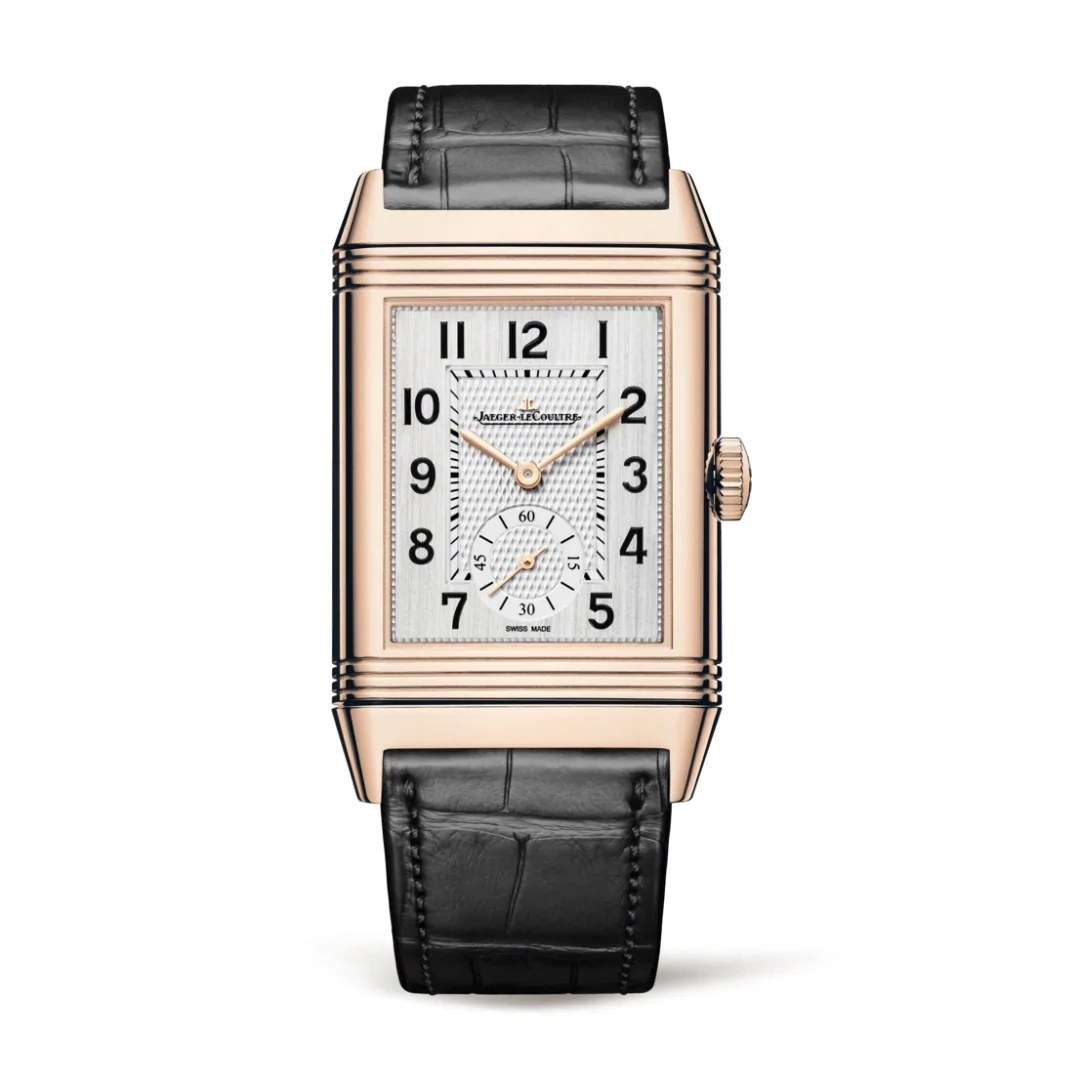
Jaeger-LeCoultre’s Reverso Was Almost a Century Ahead of the Trends. What Is It?
Reading about watches can often feel like cracking open a textbook. Browsing—and even buying—means being barraged with inscrutable words and phrases like “tourbillons,” “perpetual calendars,” “minute repeaters,” and so on. So here, we’ll be breaking down the meaning, history, and importance of different watch terms. Welcome to GQ’s Watch Glossary.
In 1930, there were few more dangerous places for a watch than a polo field: Horses’ hooves clopping, mallets pendulating, errant balls whizzing around. So when Swiss businessman’s César de Trey stumbled upon a match between British Army officers in India during the winter of 1930, one approached with a request. Design a watch able to stand up to the beating of a polo match, he asked. A year later, the Jaeger-LeCoultre Reverso was born.
When de Trey returned to Paris, he partnered with Jacques-David LeCoultre, the brand’s owner at the time, to solve that polo player’s request. The slick solution they landed on was a watch with a case that could flip around. Tracks on the top and bottom of the case allowed it to be popped out and tilted up like the cover of a book, slid across the tracks, and flipped over. So one side was a precious glass crystal, the other made of plain unadorned steel that could take a beating. Original advertisements for the piece read, roughly: “With the visible dial it’s a city watch—with a flip it transforms into a sport watch.” This was one of the first sport watches: a piece built not for elegant sit-down dinners but meant to take a day-to-day beating and aid racers, divers, explorers, or, in this case, polo players.
But notable customers like Amelia Earheart and King Edward VIII were drawn to the Reverso for other reasons. Not only did the swiveling case keep the watch safe during polo matches, it also provided an easy-to-access blank space to engrave with whatever customers wanted. Illustrious crests and complicated designs were drawn up to go on the backside of the Reverso. Earheart put the itinerary of her first flight on the back of hers.
Thanks to that innovation, the watch was an immediate smash. Patek Philippe licensed the design to make a flippable watch of its own and Hamilton, a US-based company, created its own take on the Reverso.
But the popularity of the Reverso waxed and waned over the next half century. As other sport watches flooded the market, the practical need for the Reverso evaporated. Tastes also shifted to elevate round watches over square ones. The Reverso was basically out of production from the ‘50s until the early ‘70s, when an Italian dealer named Giorgio Corvo bought up leftover Reverso cases, put movements in them, and brought them back in his home country. It was amore, as they say.
The Reverso did well enough in Italy that in the midst of the quartz crisis, when JLC, along with practically every other luxury watchmaker, was looking for a life raft. The brand turned to the Reverso. Initially that meant Reverso watches with quartz movements, but over the next couple decades JLC went wide with its flagship model: jumbo Reversos, super-jumbo Reversos, “Duoface” Reversos with dueling black and white dials, Reversos with tourbillons, Reversos with awe-inspiring skeletonized dials to flip over to, and a Mad Men edition with the Sterling Cooper Draper Price seal engraved on the back after Don Draper started wearing a Reverso on the show.
The Reverso, designed almost 90 years ago, was way ahead of a prevailing trend in watches—one where the coolest pieces merge sport and luxury. Additionally, pure sport watches are riding high these days, blending high price tags and serious durability: while 20-century polo players wore Reversos, Odell Beckham Jr. wears his Richard Mille to football practice. The reason the Reverso is an icon is because it fused sports and luxury many decades before anyone else did.
Article written by Cam Wolf #GQ












